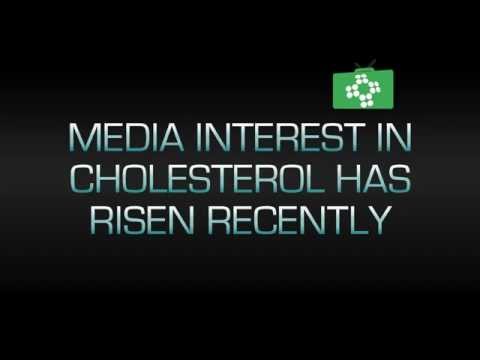Prevention is usually better than cure, and this goes for monitoring your cholesterol levels to help reduce your risk of heart attack and Stroke.
The press reports on Cholesterol along with Television adverts have made this more of a talking point over recent years. It has been portrayed as the silent killer, but there is more to Cholesterol than just a number. You have to take into account many other factors.
Some people have a genetically high cholesterol problem. They may not realise till they are tested that high cholesterol was a family problem. This is controlled by exercise, better diet, cholesterol reducing drinks and Statins, which we will discuss later.
There are two types of Cholesterol, the LDL “bad Cholesterol” and HDL the “good Cholesterol”. LDL contributes to cardiovascular disease and HDL help reduces Cholesterol and protects against atherosclerosis. The lower your LDL cholesterol, the lower your risk of heart attack and stroke.
LDL Cholesterol Levels of less than 100 mg/dl are Ideal level; 100 to 129 mg/dl are near or above ideal; 130 to 159 mg/dl are classified ad boarder line high level and 160 to 189 mg/dl a high level. If you have levels above 190 mg/dl this is very high and prompt action is required to reduce to a more acceptable level.
70-80 percent of Cholesterol produced in body and rest from dietary sources and is a type of fat. Cholesterol levels should be checked and monitored if at risk and routine checks from time to time can identify a potential problem early.
The test is a simple blood test and you can buy kits from chemists for under £20, or more accurate tests for about £100. You can usually get tested for free at your Doctors or health clinic and many chemists also offer tests, sometimes free or at a low price of £5-15.
The level should be less than 5.0 and as a guide the following shows higher levels:
- Very high if over 7.8 mmol/l
- High 6.5 to 7.8 mmol/l
- Mildly high 5-6.40 mmol/l
If levels are high then this alone is not a major problem as there are other factors that need to be considered like, age, sex, size, parents levels, smoking, exercise to list a few. If you have a higher reading get advice and maybe look at lifestyle, exercise and diet. The use of foods like Benacol have excellent real success on reducing Cholesterol levels.
Triglyceride levels are also connected and as we get this involved we are starting to need to ask for advice from a Doctor. Not many home test kits show this but it is a good indication on the level of the problem.
Triglyceride is a form of fat in the blood and if you have high triglycerides your total cholesterol level are usually high, including high LDL (bad) cholesterol and low HDL (good) cholesterol levels.
Your triglyceride levels are defined as:
- Normal: less than 150 mg/dL
- Borderline-High: 150–199 mg/dL
- High: 200–499 mg/dL; Very High: 500 mg/dL
Blood pressure is also an area of concern if Cholesterol levels are high. Blood pressure should be under 140/90 ideally but again this is not an exact science either.
Finally there is a lot of talk on whether Statins are a good idea. They certainly work, but they do have some side effects and are not a replacement for good diet, exercise and lifestyle changes. Consult your doctor who will advise on whether Statins or similar tablets are to be advised.


